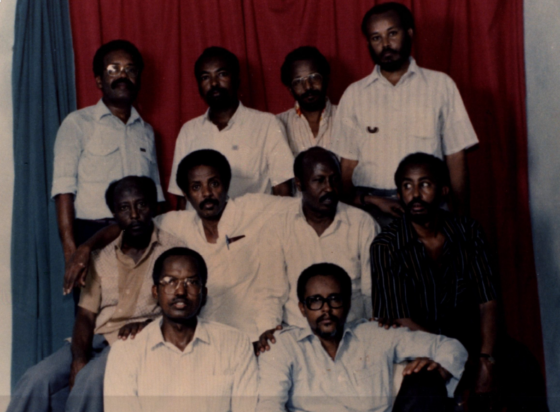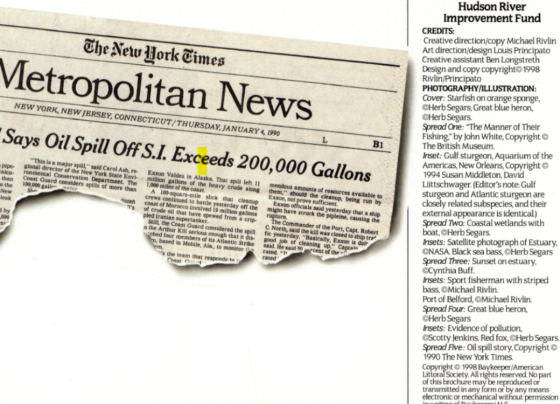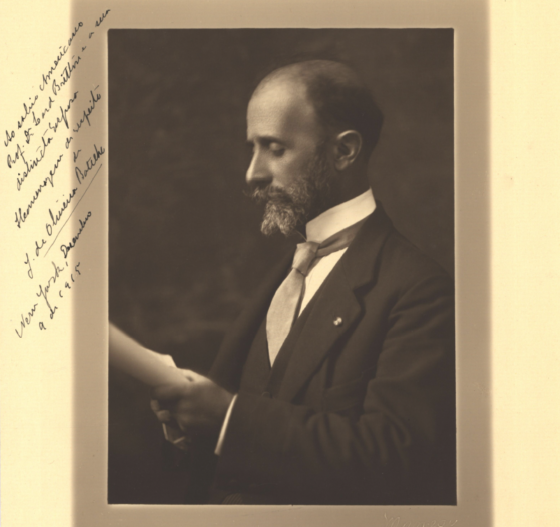Explore 200 Years of Scientific Discovery
The New York Academy of Sciences, founded in 1817 as the Lyceum of Natural History in the City of New York, is dedicated to driving innovative solutions to society’s challenges by advancing scientific research, education and policy.
Throughout its history, the Academy has brought together extraordinary people working at the frontiers of discovery and thought, including Thomas Jefferson, Charles Darwin, Margaret Mead and Thomas Edison. Collectively, Academy members and continue to make important contributions to solving societal problems.
Today, with more than 20,000 members across 100 countries and a President’s Council with 36 Nobel Laureates, the Academy and its global network are tackling some of the world’s most pressing concerns, from global malnutrition to improving access to STEM education in underserved communities.
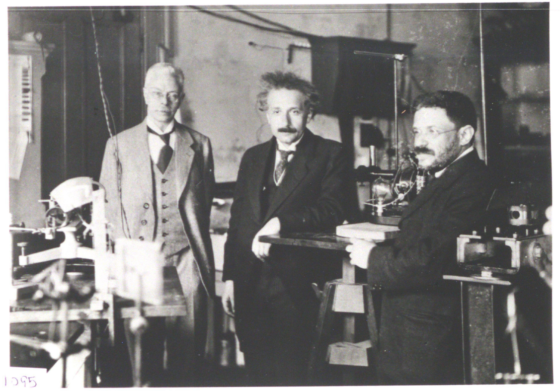
Science, Research, Policy and Society
The New York Academy of Sciences’ archive encapsulates the history and development of natural science, technology and modern biomedical sciences, and documents anti-intellectualist sentiments towards scientists.
The archive includes chronicles of efforts by governments and corporations to influence research into the exploitation of natural resources, labor conditions, and the environmental and economic impacts of mining, drilling, industrial waste and pollution.
Some of the collections contain files from the Academy’s influential mid-twentieth century Committee on the Human Rights of Scientists and records from many seminal Academy scientific events––including a 1946 landmark conference on the development of antibiotics, a groundbreaking 1965 conference on the biological effects of asbestos, and the world’s first conference on AIDS in 1984.
The field notes, records and maps from the Academy’s three-decade scientific survey of Puerto Rico and the Virgin Islands, still considered one of the most complete, multidisciplinary, scientific descriptions of any tropical area ever performed, can be found in this archive.
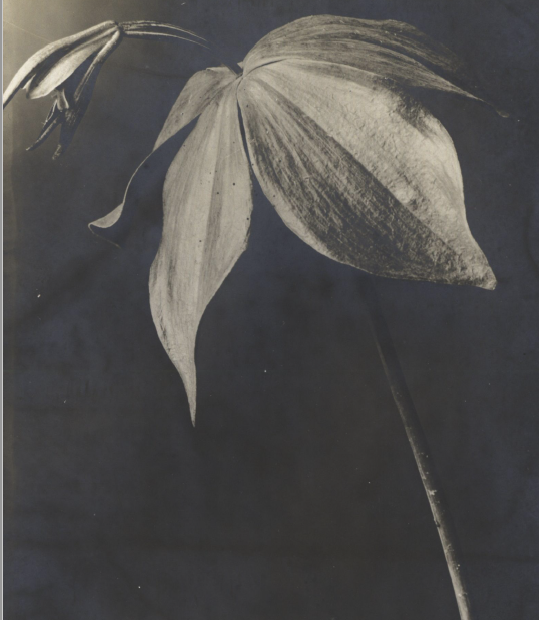
Subjects Covered
- Botany
- Caribbean Studies
- Chemistry
- Civil/Human Rights
- Climate Science
- Ecology
- Education in the Sciences
- Environmental Studies
- Forestry
- Geosciences
- Medical Research
- Natural History
- Natural Sciences
- North American Studies
Primary Source Materials
- Administrative Records
- Case Studies
- Correspondence
- Data
- Fieldwork
- Gray Literature
- Illustrations
- Manuscripts
- Maps
- Pamphlets
- Periodicals
- Photographs
- Reports
Inside the Archive
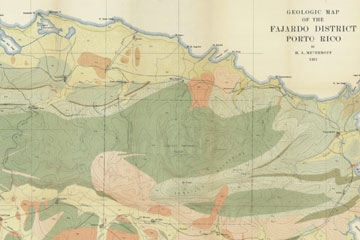
Fajardo District Map, Puerto Rico Survey 
Eunice Thomas (Tommy), NYAS Executive director 1939-1967, 1963-1967 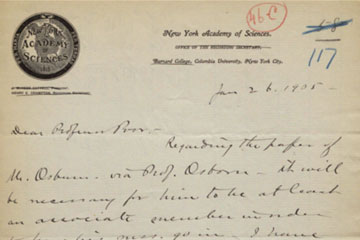
Correspondence between J.F. Kemp and Professor Poor, January 26, 1905. 
The Sciences Photo files. Source: The New York Academy of Sciences. 
Photographs, L. Cockayne 1 of 3. Nathaniel Lord Britton Records. 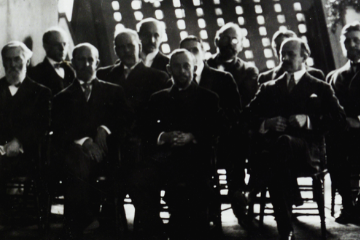
Conference on High Energy Radiation Therapy Dosimetry, June 15-17, 1967.
